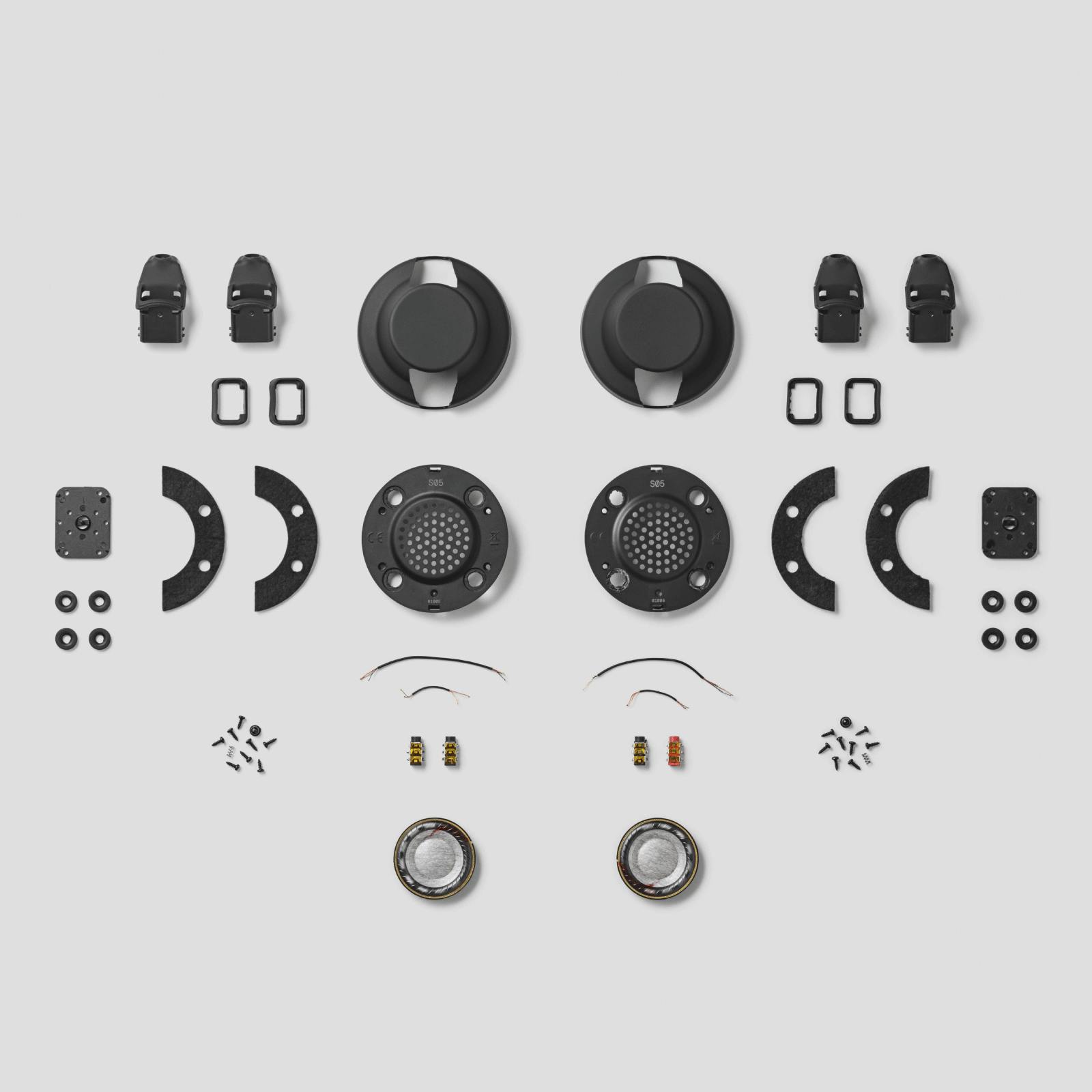Design for disassembly

In the framework of a circular economy, where product repair, remanufacturing, and material recovery are fundamental, designing products for disassembly right from the outset becomes critical. By considering how components separate and how products can be repaired and upgraded, we maximize the potential for resource recovery and recycling. To further this goal, we're committed to Design for Disassembly (DfD) in the design and development processes of all our products.
Designing for disassembly: Our approach
Our goal is to maintain our products within the circular economy's loop, which means we design for easy access to the product's inner components. This requires us to answer questios about the assembly and disassembly processes—what tools are needed, if any? Are standard fittings used across the device to facilitate easy disassembly?
An example of our implementation of this principle is our TMA-2 speaker units, which require only a Phillips 00 screwdriver to disassemble, and our repair guides for the TMA-2 headphone.
Our TMA-2 headphone is modular, meaning all parts can be swapped out - speaker units, the headband, earpads, and cable - so that users can upgrade or replace individual components instead of the entire product. This makes it possible to upgrade individual parts with new technology, but also ensures longevity even when individual components wear out.
Since the launch of our first headphones in 2010, we have been dedicated to responsible product design. We've come a long way and we are just getting started. If you’ve ideas on how we can do better, we’d love to hear from you. Please reach out on [email protected].
Posted on Apr 11, 2021 in Sustainability